In the digital age, a high-quality portfolio is the lifeblood of any graphic designer. It depicts a wider picture of their knowledge, talent, and skills.
A portfolio is a floor plan of your ideas, how you solve problems, and your original style, not just a combination of your projects. Such a portfolio, which imprints into the viewers’ memory, heightens your potentiality and, in the long run, your brand’s and industry’s trustworthiness.
- As Adobe cites, 71% of employers value a well-organized portfolio more than a designer’s degree. Conversely, 63% of clients prefer these platforms to hire a designer over traditional methods.
- Another survey by UXfolio found that 81% of design recruiters consider the portfolio the most influential element in employment decision-making.
These numbers show the necessity of a dynamic and clear portfolio in the graphic design industry.
“Your portfolio is your voice in the design world—make sure it speaks volumes about your creativity and expertise.” – Paul Rand
So, what would be the most attractive way to create a highly impressive graphic design portfolio?
What Is a Graphic Design Portfolio?
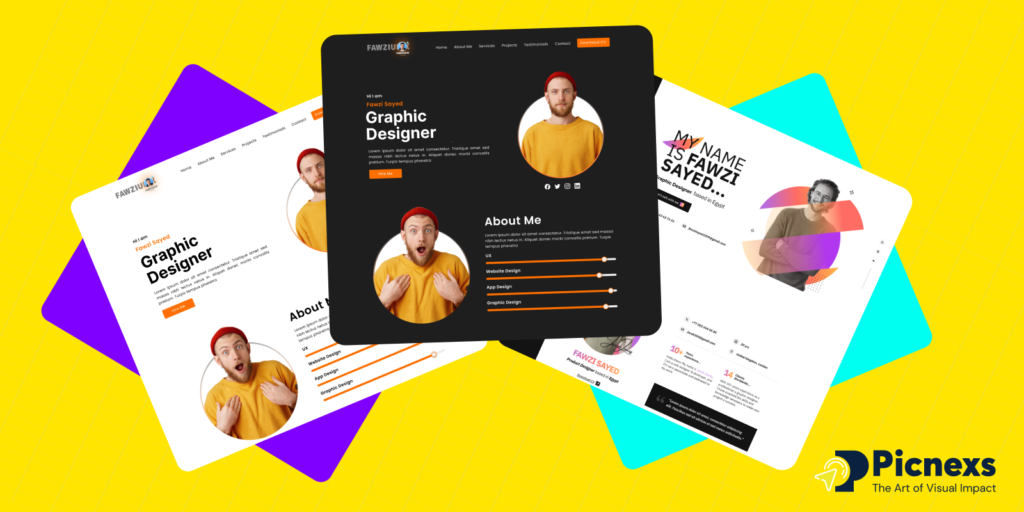
A graphic design portfolio is a selected gallery of a designer’s finest works that reflect creativity, technical skills, and versatility.
It replaces a visual resume for potential employees and clients, where they can see projects in branding, web design, typography, and more.
The portfolio showcases not only the final designs but also sketches, wireframes, and case studies that are involved in the process of creation.
- 81% of design recruiters consider a portfolio the most influential factor in hiring decisions. (UXfolio)
- 75% of design professionals say that case studies improve their chances of landing a job. (Dribbble)
Whether it is digital (Behance or Dribbble) or paper (a type of format that the audience and career goals could relate to), it should be visualized in the way the audience is comfortable, and it will best suit the goals.
“A great portfolio is not just about showcasing work; it’s about telling a story of how you think as a designer.” – David Airey
8 Inspiring Graphic Design Portfolio Examples

If you need inspiration, then here are eight exceptional portfolios that find themselves in the spotlight:
Seasons of Victory

Seasons of Victory, otherwise known as Linda Baritski, has given us a brilliant resume in graphic design, which is sure to inspire you.
In her portfolio, Baritski prominently displays the latest designs from a myriad of jobs, thus ensuring that her portfolio is always abreast of time while still proving that she is multi-talented.
Mike Kus

This mix of branding, typography, and web design built in a special style with creativity and functionality merged is breathing with life.
Lotta Nieminen

Those of you who prefer the clean, minimalistic, and yet elegant style are likely to value the illustrations and branding the most.
The portfolio contains a series of works on this subject, each one more elaborate than the last one, the contents of which are comprehensively narrated by the author.
Tobias van Schneider

The project is presented as a very attractive one, and it features captivating images and user-friendly functionality with a distinct, colorful look.
Hoodzpah Design

The agency shows its work in a fun and interactive way, so it doesn’t take itself too seriously. It is a great example of a market situation where a firm hides its scars quickly and reacts to the need for higher quality by innovating with a higher ROI.
Daniel Spatzek

An interactive web portfolio that thoroughly persuades with a seamless user experience and creative presentation.
Shanti Sparrow

One of the portfolios that are highly attractive even to those who have little connection with design, this particular theme has the bonus of using a splash of color and the subtlety of the branding.
The colors are inviting, and the work of branding is undeniably the best in the business of trendsetting composition.
Timothy Goodman

Thus, the employment of a mix of hand-drawn typography, storytelling, and vibrant visuals that showcase a strong personal style will make your earthly chillouts not only more professional and amicable but also more exciting.
From these examples, we can see that different ways to create a portfolio range from interactive experiences to minimalistic showcases. It is argued that the study of these successful portfolios is helpful for those who need to learn how to design and present their work in a user-friendly manner.
One of the most important aspects of this is to figure out what exactly those portfolios possess that teamed them up with success, whether it is their one-of-a-kind storytelling strategies, their flair for coherent design, or their commitment to user experience.
“A designer’s portfolio is the best way to introduce yourself without saying a word.” – Stefan Sagmeister
How to Make a Graphic Design Portfolio in 10 Steps

Creating a strong graphic design portfolio is key to attracting clients and job opportunities. It serves as a visual resume that showcases your creativity, skills, and unique style.
A well-structured portfolio can make a lasting impression and set you apart from the competition. Follow these 10 steps to build a portfolio that showcases your skills:
Define Your Goals

Decide if your portfolio is intended for job applications, freelancing, or personal branding. Customize its content to an individual audience. Have your target group and the level of projects you want to do in mind.
Curate Your Best Work
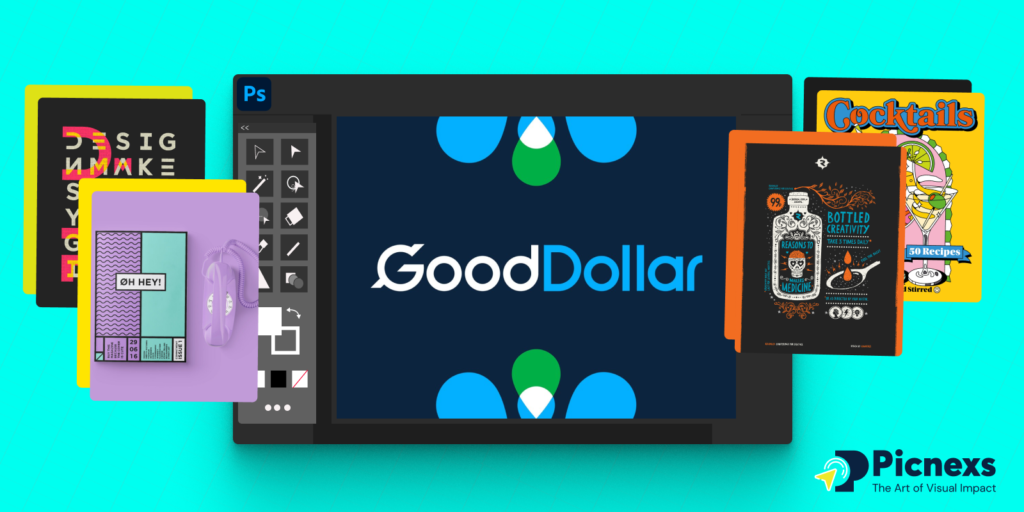
The principle of quantity versus quality is timeless. Choose the projects that best show your strong sides and your capabilities. Try not to have every single thing you have ever done in your portfolio; instead, concentrate on items that can illustrate your mastery and adaptability.
Create a Branding Image with Diverse Skills
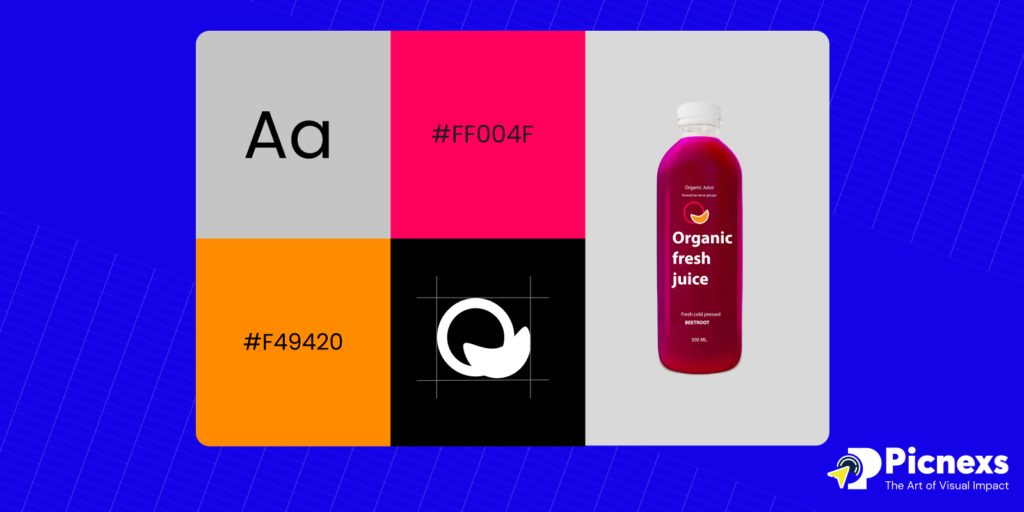
If you want to show the versatility of your skills, you may do branding, UI/UX design, print design, motion graphics, and more. If you are a pro in one of the areas, you can stress that skill out but also present diverse projects to show your adaptability.
Compose a Suitable Background Story
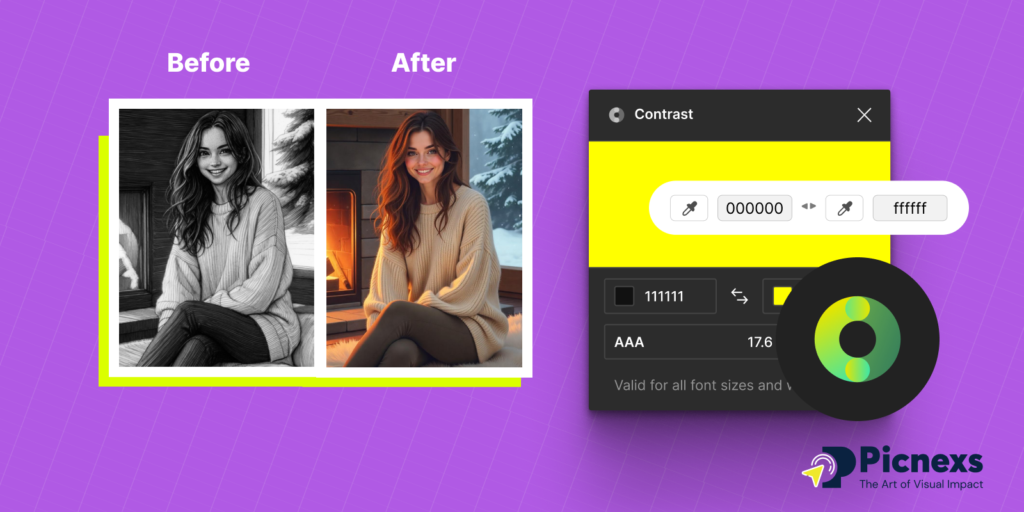
To give a better understanding of each project, provide more relevant content about your undertaken design approach, challenges, and problem solvability. Make use of before-and-after visuals, mood boards, and sketches to represent the development process.
Develop a Visually Consistent Layout
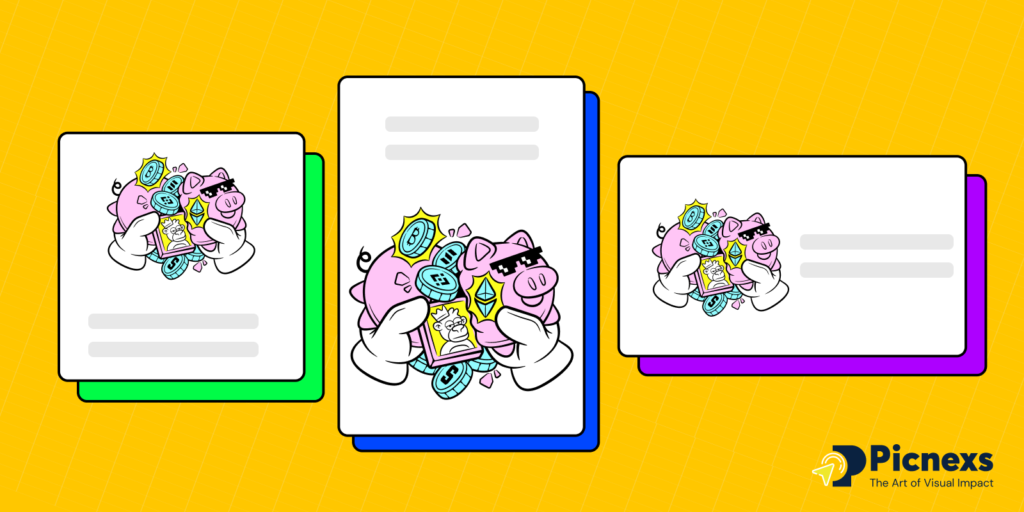
Retain a sleek, professional, and appealing design that will make the viewer’s engagement better. The readability and flow will be significantly improved when utilizing consistent typography, the right spacing, and grid-based structure.
Find Suitable Medium
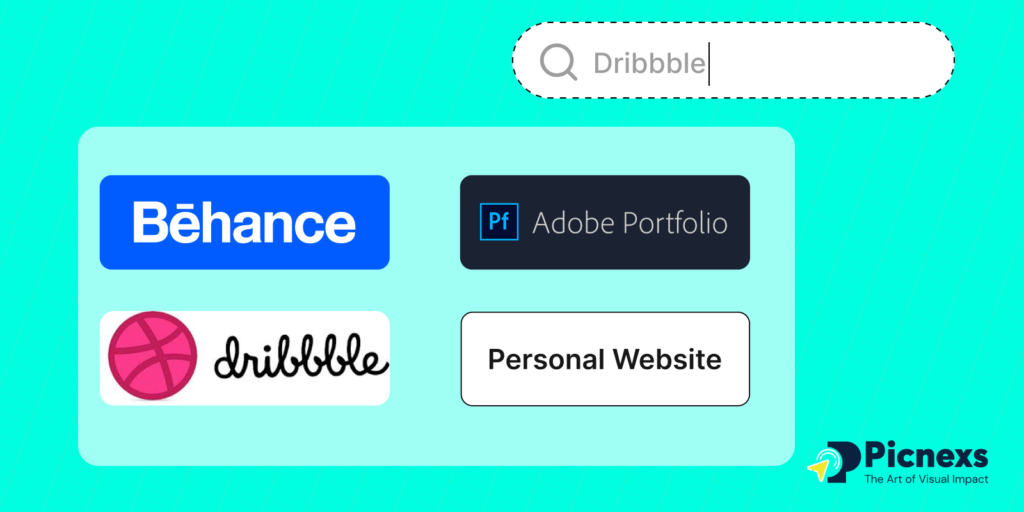
Whether you prefer Behance, Dribbble, Adobe Portfolio, or the idea of creating a custom-made personal website, it’s all possible. A personal website is the most flexible and the one with the highest branding opportunities as well.
Improve UX
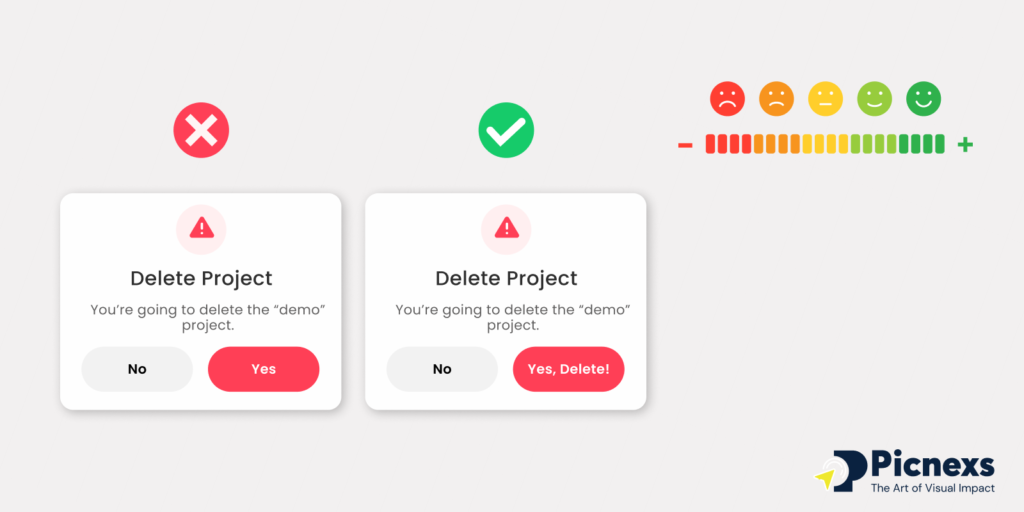
To make your website and your content more accessible, make sure users can easily navigate the website, the website loads fast, and it is also mobile-friendly. Avoid clutter and ensure that the projects are easily browsed.
Use a Strong Personal Branding
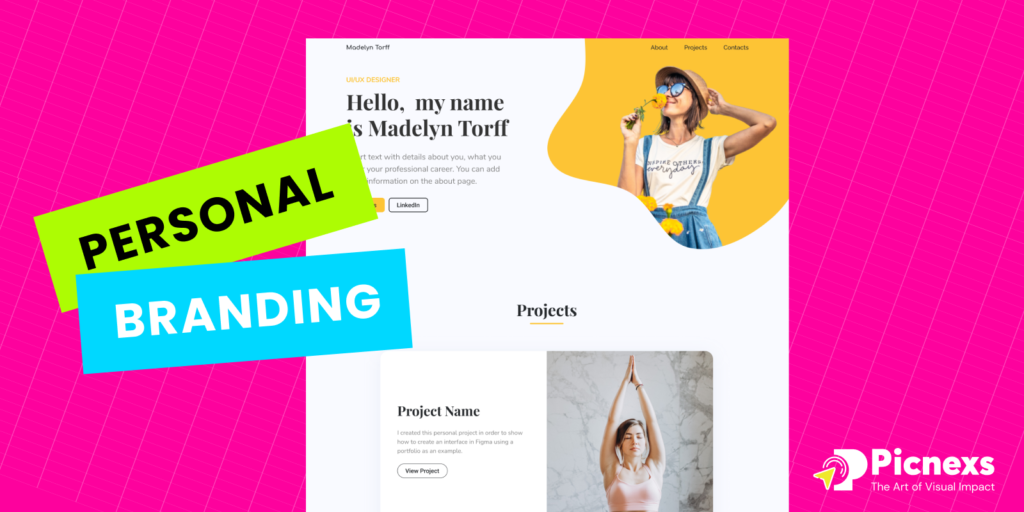
Create a logo and a color theme, and write a professional bio for a more successful visual brand identity. The brand reflects your design philosophies as well as your style.
Include Feedback from Clients and Case Studies

Show social proof to establish credibility. Include feedback from clients, project results, and insight into your workflow. The case study should focus on the problem you solved with design and how it was done creatively.
Update It

Regularly add new and relevant work to give your portfolio an update and show off what you have learned and experienced. An old portfolio might give people the impression that you are not involved or evolving as a designer.
- 60% of clients say that a designer’s website is a deciding factor in hiring them. (AIGA)
- 70% of hiring managers say they reject portfolios that lack clear storytelling. (Creative Bloq)
What Are Some Common Mistakes to Avoid When Creating a Graphic Design Portfolio?
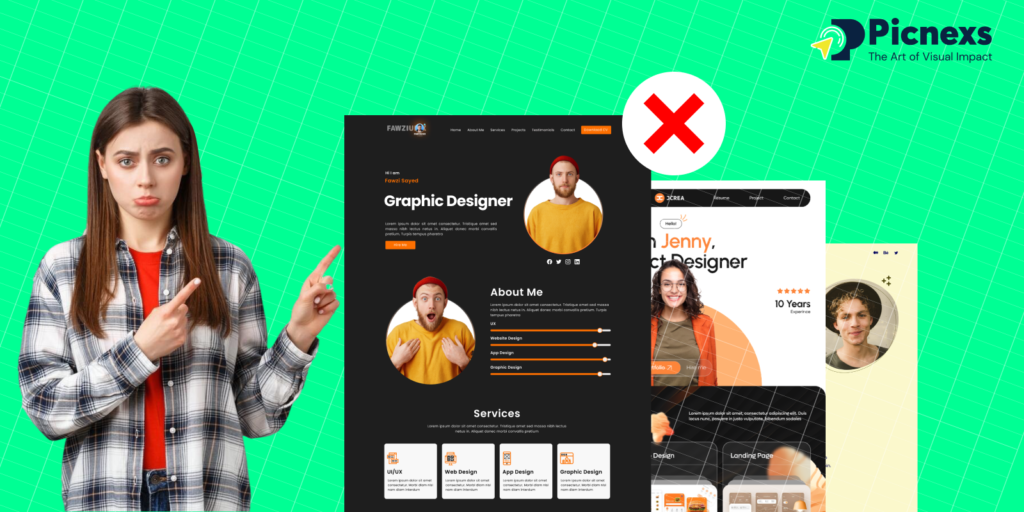
Too Big of a Portfolio
A crowded portfolio can be a turn-off for the viewer. Specify only the best and most related work.
Avoiding Context
Just showcasing designs without explaining them would make it difficult for viewers to follow your design skills and would require them to rely on their interpretation.
Unstable Style
A portfolio with a variety of designs and styles will not look professional and it will be hard to understand the designer’s full vision.
Improper Presentation
Low-quality images, unstructured layouts, and difficult navigation can jeopardize your credibility.
Missing out on Mobile Optimization
A portfolio is usually the first thing a person sees when they are on the lookout for a new job. That fact is the reason why responsive web design is so important.
Lack of Contact Information
Do not forget to insert your contact information; for example, you can provide an email or a contact form.
Forgetting to Proofread
Besides this, syntax errors or unclear information can mar the best efforts of an artist should they fail to proofread.
The best portfolios show not just the final product, but the journey of how a designer arrived there.” – Jessica Walsh
How Can I Make My Portfolio Stand Out?
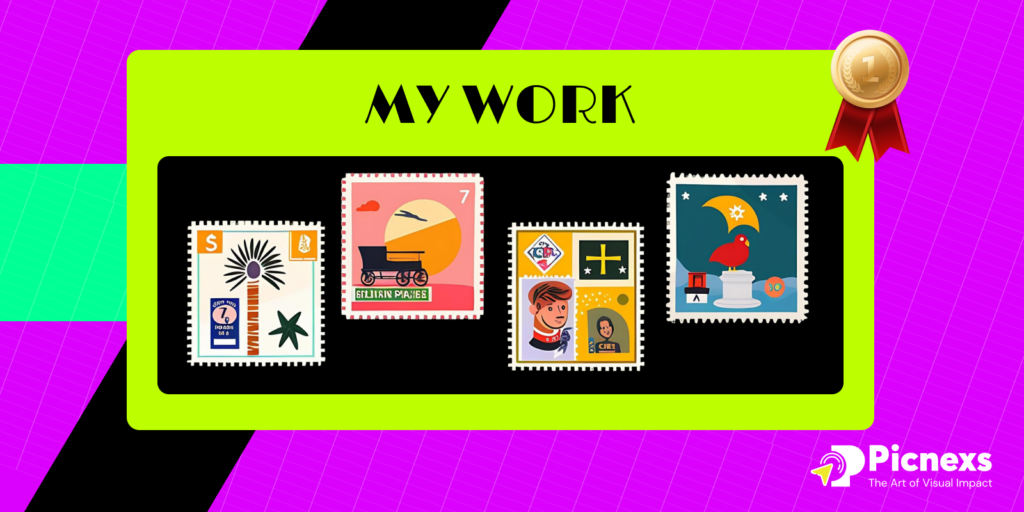
Stick to a different vision
Draw your customers by being that difference in the industry by developing your unique style.
Using Enhanced Media Objects
If you want to build a digital portfolio, the hover effects or animations could amuse the audience.
Tell a Compelling Story Through Design
Try to make the portfolio a story that will show your problem-solving skills and your creativity along the way.
Involve Personal Projects
Why don’t you create some passion projects? They will give you an insight into your creativity and your determination outside the client work.
Utilize Social Media
This can be done by sharing your portfolio on LinkedIn, Instagram, and Twitter. This way, you may increase your online presence and find potential clients.
Write a Comprehensive Case Study Section
Your case study can benefit if you include the design procedures you use, the problems you face, and the results you gain.
Personalize Your Portfolio For Different Audiences
And whenever you do so, always be ready to tailor your portfolio to a specific job’s needs by emphasizing the suitable skills.
Make It Visually Striking
You only get one chance at a first impression. The use of high-resolution pictures, a well-structured format, and creative view visualization will catch the attention of readers.
A strong design portfolio is not just a collection of works but a reflection of a designer’s thinking process and creativity.” – Michael Bierut
Final Thoughts
A graphic design portfolio gives you a chance to put your best foot forward as it is indicative of your skill set and the growth you have experienced.
The best way to make your portfolio look attractive is to use a style that is consistent throughout and to make navigation an effortless experience.
Be it applying for jobs or trying to get freelance gigs, a well-organized portfolio is the determiner of the success of your new opportunities.
Take time to construct your portfolio in a way that speaks for you, and at the same time, don’t forget to keep it up-to-date with your most impressive work.
Through your portfolio, you can present excellent and well-targeted designs, which, when executed with the right strategy, become your most essential career tool and the only one that gives you access to the best your industry offers in the graphic design sphere.

Leave a Reply